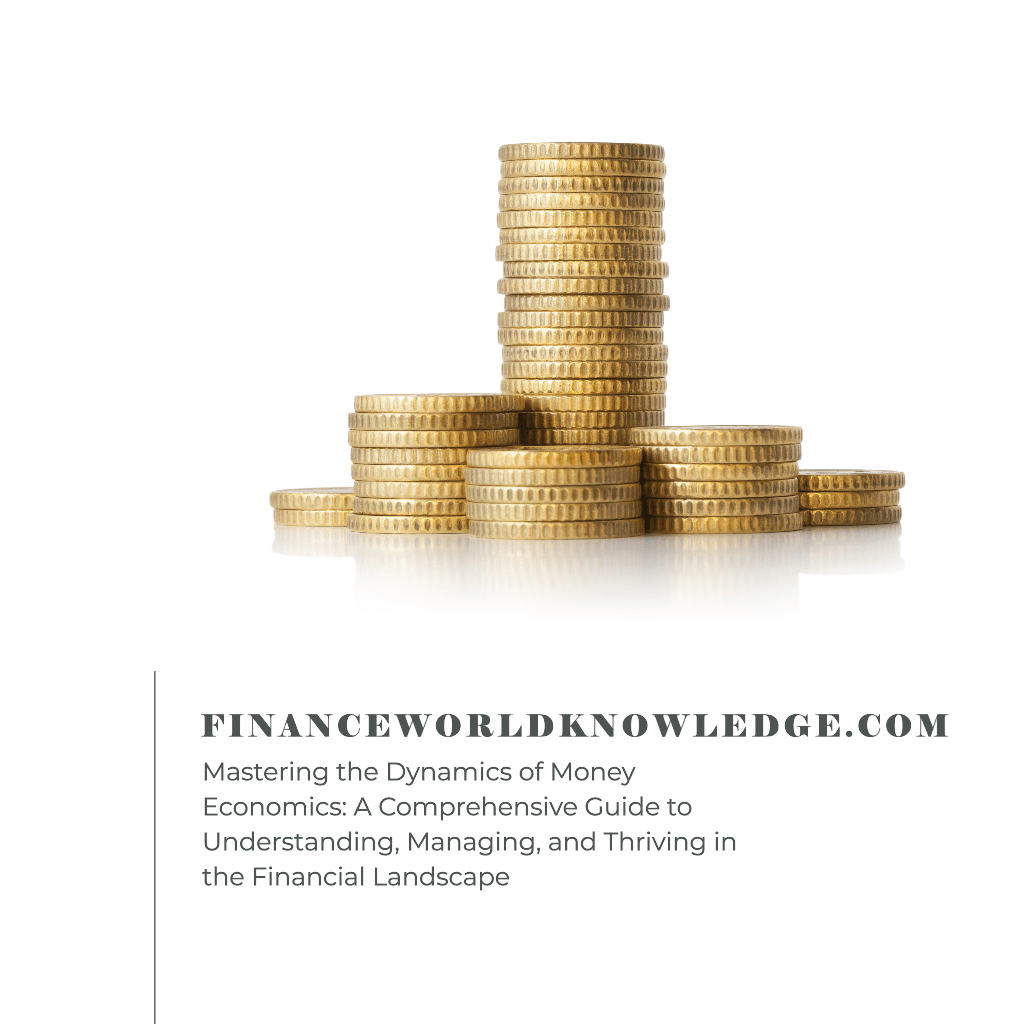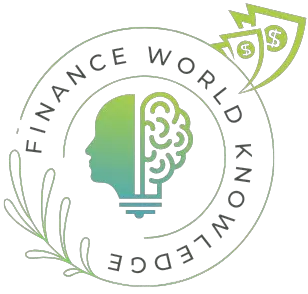
Navigating the Complex Landscape of Money Economics: Understanding, Managing, and Thriving
Introduction:
In the intricate tapestry of our global economy, the role of money is central and multi-faceted. Money economics, a discipline that delves into the intricacies of monetary systems, financial markets, and economic policies, plays a crucial role in shaping the world we live in. This comprehensive guide aims to explore the diverse dimensions of money economics, shedding light on its complexities, offering practical insights, and uncovering strategies for financial success.
The Fundamentals of Money Economics:
Money, in its essence, serves as a medium of exchange, a unit of account, and a store of value. Understanding the basics of these functions is paramount in unraveling the mysteries of money economics. This section will explore the historical evolution of money, from barter systems to modern digital currencies, providing a foundation for readers to comprehend its current dynamics.
The Role of Central Banks:
Central banks act as the linchpin of a country’s monetary system. By controlling interest rates, regulating money supply, and influencing economic policies, central banks play a pivotal role in steering the direction of national economies. Examples such as the Federal Reserve in the United States and the European Central Bank will be examined, highlighting their impact on the global financial landscape.
Financial Markets and Instruments:
An in-depth exploration of financial markets, including stocks, bonds, and commodities, is crucial for individuals seeking to navigate the complexities of money economics. Real-life examples of market trends, such as the impact of the 2008 financial crisis on global markets, will be analyzed to provide practical insights into market dynamics and risk management.
Economic Policies and Their Impacts:
Government policies and economic decisions have a profound effect on money economics. By investigating case studies like the implementation of quantitative easing or austerity measures, readers will gain a deeper understanding of how these policies shape economic landscapes and influence individual financial well-being.
Personal Finance and Investment Strategies:
Building personal wealth requires a strategic approach to money management. This section will delve into investment strategies, budgeting, and financial planning, offering practical advice for individuals to secure their financial futures. Case studies of successful investors and financial gurus will be dissected to extract valuable lessons.
The Digital Revolution: Cryptocurrencies and Fintech:
The advent of cryptocurrencies and financial technology (fintech) has disrupted traditional monetary systems. This section will explore the rise of digital currencies like Bitcoin and the impact of fintech innovations on the financial industry. Real-world examples of blockchain applications and their potential to reshape money economics will be discussed.
Inflation, Deflation, and Economic Cycles:
Understanding the cyclical nature of economies is crucial for anticipating and managing financial challenges. This section will explore the concepts of inflation, deflation, and economic cycles, providing examples of historical events such as the Great Depression and the dot-com bubble to illustrate their impact on money economics.
Conclusion:
As we conclude our exploration of money economics, it becomes evident that a holistic understanding of this intricate field is essential for individuals and policymakers alike. From the fundamentals of money to the complexities of financial markets, the global economy is a dynamic and interconnected web that requires constant vigilance and adaptability.
FAQs:
- Q: How does inflation affect my purchasing power?
A: Inflation erodes the purchasing power of money over time, meaning that the same amount of money will buy fewer goods and services.
- Q: What role do interest rates play in the economy?
A: Interest rates influence borrowing costs, spending, and investment. Central banks use interest rate adjustments to regulate economic activity.
- Q: How can I diversify my investment portfolio?
A: Diversification involves spreading investments across different asset classes to reduce risk. Consider a mix of stocks, bonds, and other assets.
- Q: Are cryptocurrencies a safe investment?
A: Cryptocurrencies carry inherent risks due to volatility. While some investors have profited, it’s crucial to thoroughly research and understand the market.
- Q: How do central banks control money supply?
A: Central banks control money supply through tools such as open market operations, reserve requirements, and discount rates.
- Q: What is the impact of globalization on money economics?
A: Globalization has interconnected economies, affecting trade, finance, and monetary policies on a global scale.
- Q: How do economic policies influence employment rates?
A: Economic policies, such as fiscal and monetary measures, can impact employment rates by influencing investment, spending, and overall economic activity.
- Q: Can individuals influence economic policies?
A: While individuals may not directly shape policies, they can voice their opinions through voting, advocacy, and participating in civic activities.
- Q: How do economic cycles affect businesses?
A: Economic cycles impact businesses by influencing consumer spending, demand for goods and services, and overall market conditions.
- Q: What lessons can we learn from past financial crises?
A: Past financial crises underscore the importance of risk management, regulatory oversight, and the need for sustainable economic practices.
In conclusion, the intricate world of money economics requires a continuous commitment to learning and adapting to the ever-changing economic landscape. By gaining a comprehensive understanding of the fundamentals, policies, and strategies outlined in this guide, individuals can empower themselves to navigate financial challenges and capitalize on opportunities for long-term success.







Leave a Reply